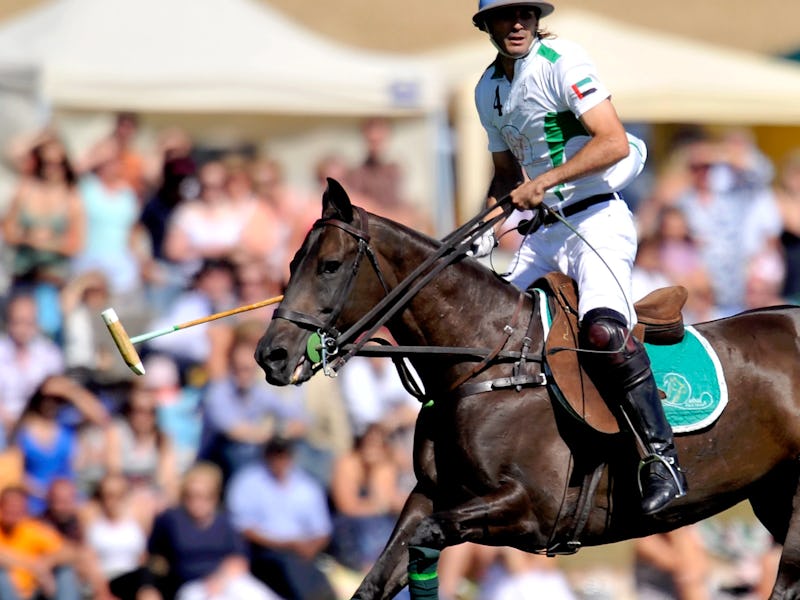
While ethical and scientific barriers mean we can’t expect to see a starting lineup of five Lebron James clones anytime soon, a different sort of athlete is emerging at the forefront of cloning technology. The first horse was cloned in 2003, and since then cloned horses have been embraced by the polo community. Last weekend, Adolfo Cambiaso, ranked the best polo player in the world, won the Argentine Open with six cloned polo horses.
Cambiaso started competing with cloned horses in 2013, but this is his most high-profile win with the most cloned horses to date. The six mares he rides are named Cuartetera 01 to 06.
“It’s most important that he won at Palermo,” Santiago Ballester, a member of the Argentine Association of Polo, told Science magazine. “It’s the tournament.”
The fact that Cambiaso used the six Cuarteteras to ride to victory also dispels the current predominant opinion that cloned horses do not perform as well as the original horse.
“Not only is cloning inefficient and costly, but is also unlikely to produce a champion of the same quality horse because of the various factors potentially affecting the performance of cloned foals,” reads a guide to equine cloning from the University of Texas A&M.
But Crestview Genetics, the breeding farm that provides Cambioso’s cloned horses, is obviously doing something right. Katrin Hinrichs, a veterinarian who cloned Cambioso’s first horse, credits this success to how the technology has progressed.
“It’s great to know that there are six clones that were born and healthy enough to do that kind of athletic competition,” she tells Science. “That really says something with the robustness of the cloning procedure.”
Crestview is currently attempting to combine cloning and traditional breeding methods together in order to create a “better line” of horse. Cloning right now, Hinrichs says, is “a sideways move” — you can create a clone, but you can’t better the breed.
To clone an animal, scientists remove a somatic cell — that is, any cell that’s not an egg or sperm — from the individual they plan to copy. The DNA from that cell gets inserted into the cytoplasm of an egg, and the egg is given a signal to develop an embryo. In a test tube, the egg develops into a early-stage embryo, and then it’s implanted into an adult female. For horses, the gestation period is about 11 to 12 months. Then, voila, the female horse gives birth to a filly (or colt, if you start with a male) with the same genetic makeup as the animal that donated the somatic cell.
The acceptance of cloning varies: International polo guidelines allows it, and cloned horses have been allowed to compete in the Olympics since 2012 (although, so far none have). However, cloning is not allowed by international studbooks to register racing horses, and the American Quarter Horse Association refuses to register clones. One of the concerns here is the ethics of sportsmanship: Is it fair to race a cloned Secretariat over and over again?
Veterinarians, for the most part, emphasize that cloning is a method better for breeding an animal than “duplicating” a performance horse. “The possibility with cloning for misuse and manipulation, and it is difficult to predict the range of these potential problems,” reason the veterinarians at Texas A&M.
Meanwhile, Cambiaso, and his six cloned Cuarteteras, will likely continue to win. Whether or not they all read his emotions in exactly the same way, however, remains to be seen.